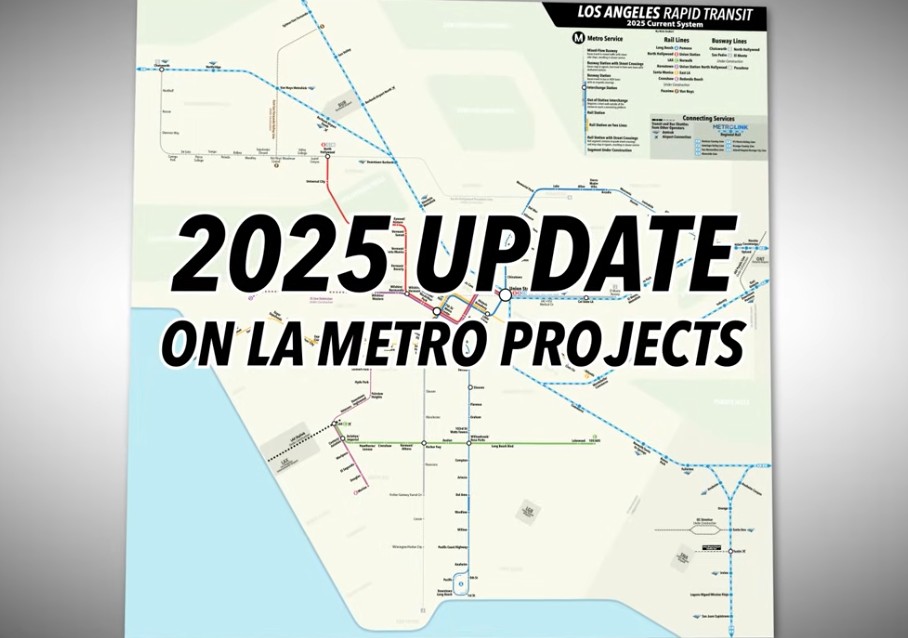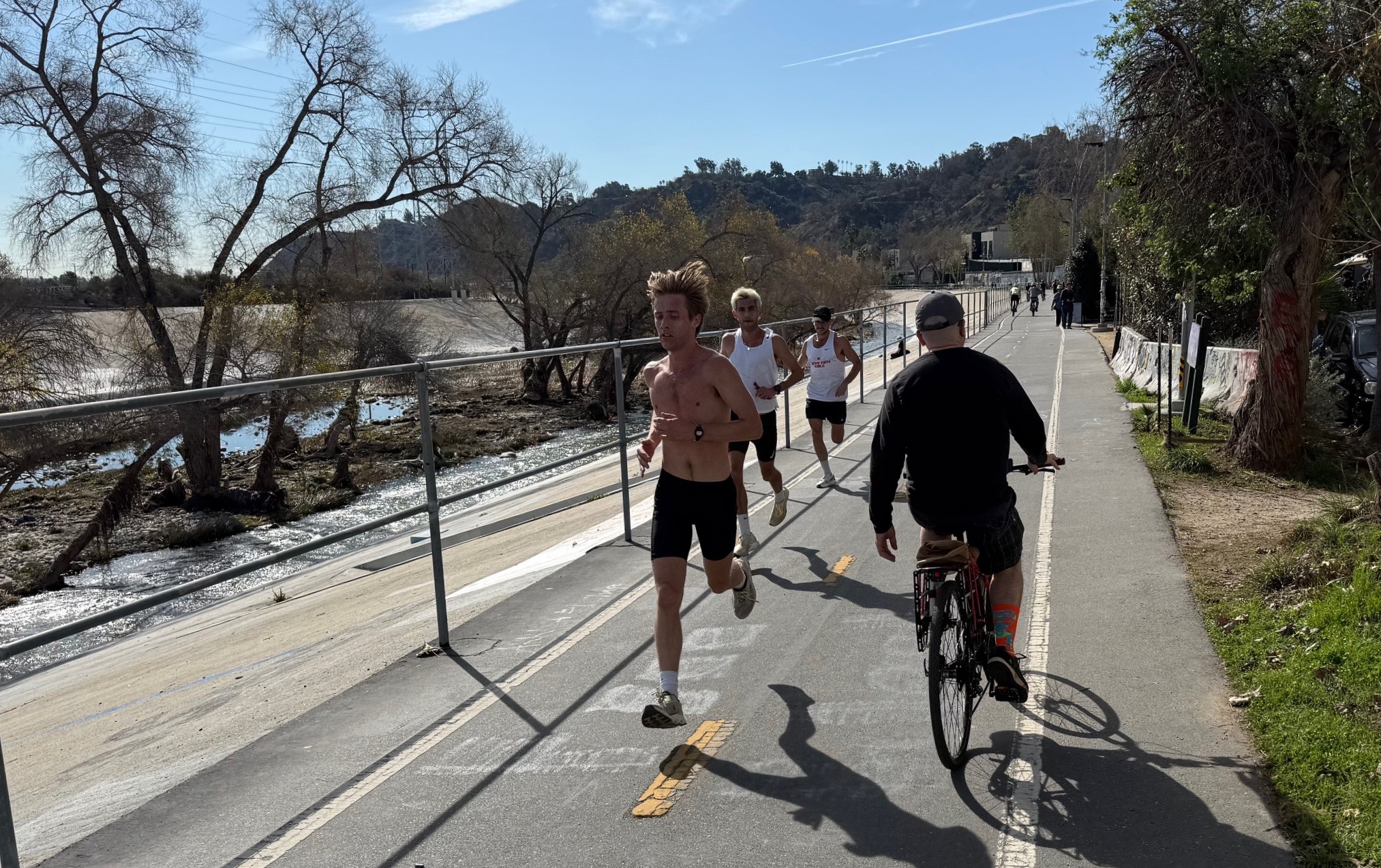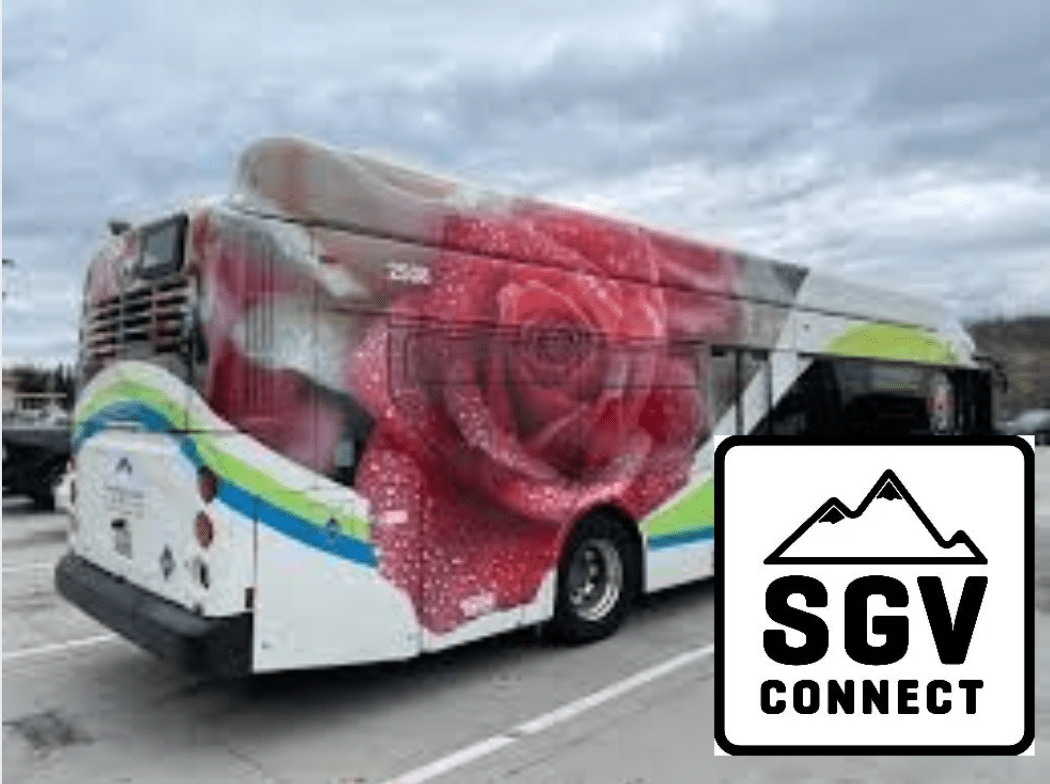Speaking to reporters earlier today, Federal Railroad Administration chief Joe Szabo said that people are driving less and using transit more -- and that those changes are permanent. "America’s travel habits are undergoing rapid change," he said. It's a fact, he said ("not opinion -- statistically proven"), calling on Congress to show that it understands these changes by moving in a new direction.
Szabo referred to a recent report by U.S. PIRG that found the average American drives six percent fewer miles today than in 2004. "While that's significant," he said, "what's really significant is what you're seeing with younger people." He cited U.S. PIRG's finding that from 2001 to 2009, driving among the 16-34 year old demographic declined 23 percent while transit use increased 40 percent. Szabo went on:
We're talking about the next generation that actually considers it badge of honor not to own a car but instead to use inter-city passenger rail, mass transit, bike-sharing, and car-sharing. And this is the future. So it's time for Congress to recognize this future and prepare for this rapidly growing trend.
Szabo's remarks came during a press event with the American Public Transportation Association, which released impressive ridership numbers for the first quarter of 2012. Americans took nearly 2.7 billion trips on transit during the first three months of the year, a five percent increase over last year -- the fifth consecutive quarter of U.S. public transit ridership increase, APTA said.
Rail modes experienced especially strong growth, with light rail use up by 6.7 percent and heavy rail use up by 5.5 percent. Szabo said that rail transit will continue to play a big role in a mode shift away from cars.
"There are efficiencies in rail that can't be ignored," he said. "With service levels targeted for the marketplace, passenger rail can be the most cost-effective, least oil-reliant, and most environmentally friendly mode of transportation." He said the country is experiencing a "rail renaissance," with ridership up 72 percent between 1995 and 2008.
Swings in the economy have likely contributed to the recent ridership surge, with transit becoming more appealing to Americans looking to economize on transportation costs. Many of those new riders will stick with transit: APTA studies have shown that a significant number of transit converts don't go back to driving when gas prices fall. Job growth could also be a factor, since commuting constitutes 60 percent of transit use.
Szabo didn't get into specifics about how Congress should adapt to the changing travel habits in the U.S., except to say that lawmakers must pass a "fully funded, multi-year transportation bill that guides us towards a 21st century transportation network that is safer, more energy-efficient, more environmentally sustainable, and that offers us more transportation choices."
At the APTA press event, Therese McMillan, deputy administrator of the Federal Transit Administration, said that transit should no longer be viewed as "something on the side and not an integral part of what affects people's lives on a day to day basis." She said the Obama administration's priorities reflect "this growing realization that transportation overall, but public transportation in particular, is becoming a major part of an overall vibrant American community, whether that community be urban, suburban, or rural."
This isn't a top-down mandate, she noted. Communities come to the agency for help in meeting their own visions of how to expand their transit systems. It only makes sense to fully fund federal support for these locally-driven programs.







